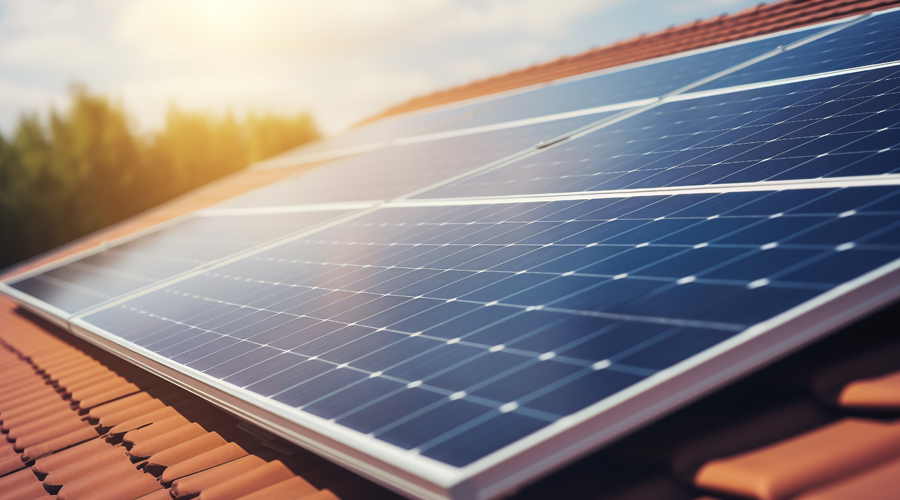
HOME BATTERY SUBSIDY
Interested in learning more about the home battery subsidy? We’re ready to support homes in our area of operations. Learn more about the subsidy here.
Noosa Electric Co. has been established on the Sunshine Coast since 1973 and our reputation for quality and safety is well established. Our solar installations are approached with a vision for a long-term, secure addition to your property that will continue to provide value over time. Examples of our solar safety initiatives include:
- Licensed, qualified and experienced staff
- Compliant solutions & industry standard adherence
- Incorporation of leading technology and innovation
- Quality components
- No DC isolator switches
- Low voltage rooftop options
- Long-term support for your installation

Learn More About Solar Solutions
If you’re interested in learning more about solar solutions or getting a quote, please contact our team. We service Noosa and surrounding suburbs.
